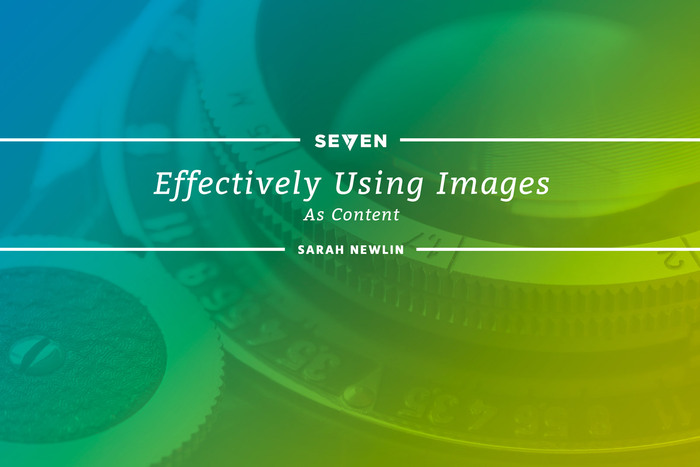By now you know that content marketing requires more than just well-written text to be effective. Even if you have the most well-written article in existence, usually you need another element to get it noticed. The right graphics can be that piece that ties your entire content marketing strategy together. And, it’s no secret that people respond to images; not only are images processed by the brain 60,000 times faster than text, but nearly 90% of information transmitted to the brain is visual. Properly include images in your blog posts, and they’ll have a huge impact on content sharing and web traffic.
Here are a few ways to effectively include images into your content marketing:
Infographics: An infographic is simply a large amount of information put into a graphic format, with the bonus being that they’re usually thorough enough to stand on their own. Read more about how to use infographics here.
Social Media: On Facebook and Twitter especially, posts that have imagery are more likely to get shares and retweets. Newsfeeds and Timelines are inundated with posts – make yours stand out with a compelling and powerful image that makes them stop scrolling and share it! (On Twitter, keep in mind that your character count is limited to 140. Pro-tip: Use text in your images to get your point across in fewer characters!)
Instagram is entirely image-based, which allows brands to tell their story visually. Pinterest, another image-based social network, offers a great option for sharing your products or other important information. With both Instagram and Pinterest, you are forced to put your content into image-format.
Blog Posts: If you’re posting a blog, be sure to include at least one image in your post. If you post a featured image, and one or two additional images dispersed through the written content, even better! Images support your content by further highlighting the point you’re making.
Here are a few last questions to consider before you include that image:
- Do you own it? If not, give proper credit to whomever owns it, or purchase it if you can.
- Is it high quality? There’s no place for low resolution images in your marketing materials. Ever.
- Are the dimensions correct? This is very important for social media if you want people to see your image as it’s intended to be viewed.




